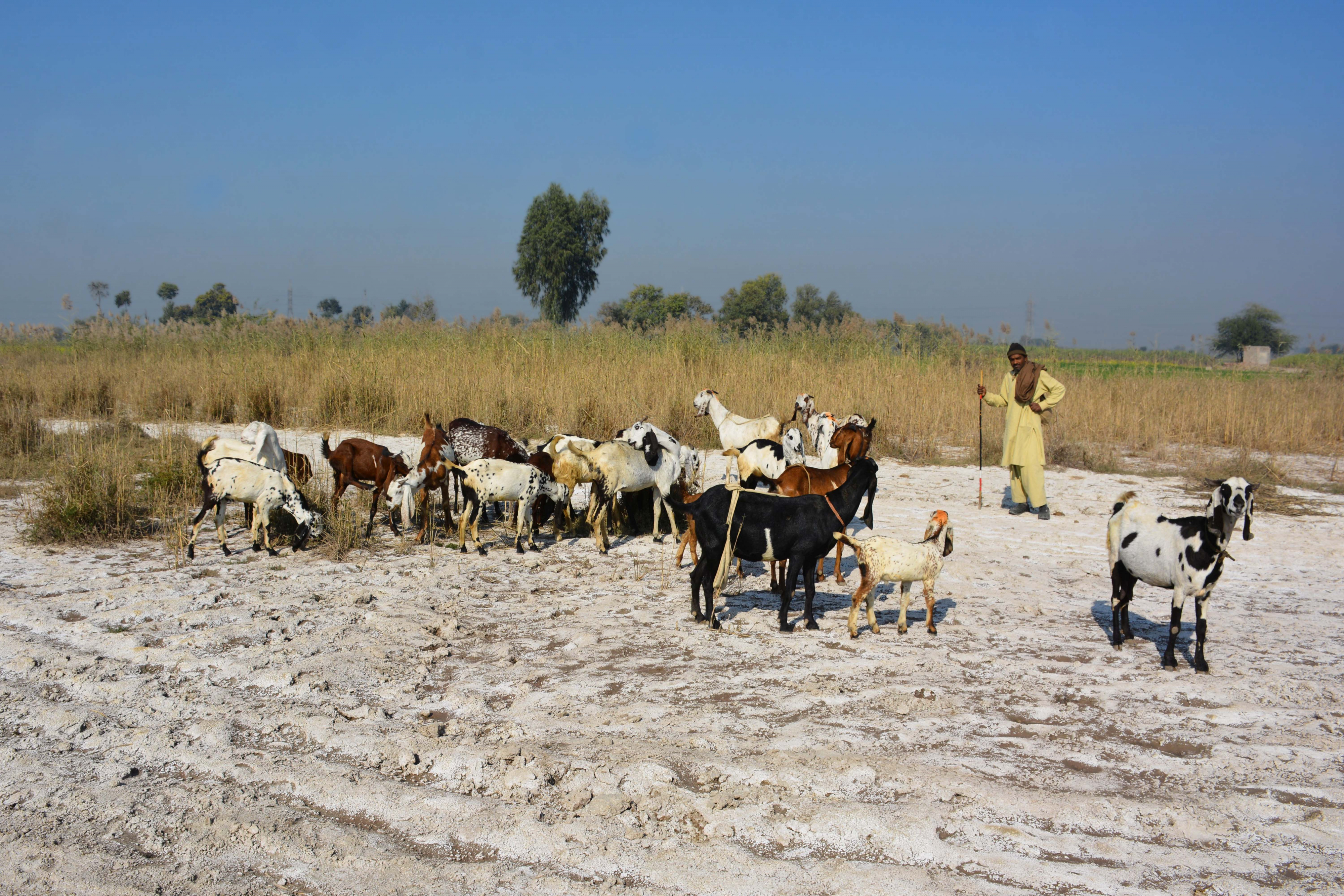“Salt is born of the purest parents: the sun and the sea,” said once Pythagoras. Pure it may be, but too much of it in the soil can affect plant growth, a major problem for farmers, making the soil barren, threating agricultural production and food security.
The theme of this year’s World Soil Day, celebrated on 5 December, – ‘Halt Soil Salinisation, Boost Soil Productivity’ – raises awareness about the fragile top layer of land that we all depend on for our food. Due to poor farming practices, climate change, sea water intrusion, land use changes and water seepage from dams, we are losing this precious natural resource at an alarming rate. Isotopic techniques are used in many countries to study the extent and causes of soil degradation, arming decisionmakers with the right data to protect it.
Globally, 932 million hectares of agricultural land – almost a fifth of the world’s total – are affected by soil salinity, out of which 62 million hectares of soil are irrigated. Approximately 2,000 hectares per day of irrigated land in arid and semi-arid areas across 75 countries have been degraded by salinisation over the past 20 years. However, salinity is not only confined to arid and semi-arid regions. It can occur in any landscape, under any climatic condition. The most vulnerable regions include basins of the Aral Sea in Central Asia, the Indo-Ganges in India, the Indus in Pakistan, the Yellow River in China, the Euphrates in Syria and Iraq, the Murray-Darling in Australia and the San Joaquin Valley in the United States.
To avoid food shortages and meet increasing demand for a growing global population, estimated to rise to almost ten billion by 2050, agricultural production must increase by 60% globally and by 100% in some developing countries, according to the United Nations Food and Agriculture Organization (FAO).


